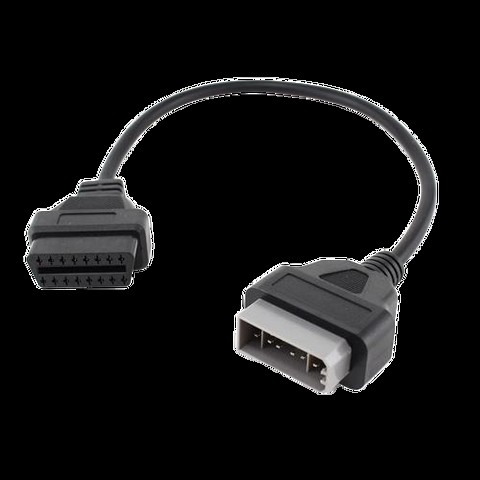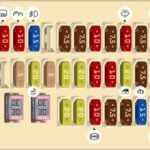Navigating the world of car diagnostics can be confusing, especially when dealing with different On-Board Diagnostics (OBD) systems. A common question arises when car owners and enthusiasts start exploring diagnostic tools: “Are Obd1 And Obd2 Compatible?” Understanding the answer to this question is crucial for anyone looking to troubleshoot or maintain their vehicle effectively.
To put it simply, OBD1 and OBD2 are generally not compatible. They are distinct generations of vehicle diagnostic systems with significant differences in their communication protocols, connector types, and the amount of information they can access and report. While both systems serve the fundamental purpose of monitoring vehicle health and emissions, their technological evolution means they operate in fundamentally different ways.
OBD1, the earlier system, was implemented in vehicles from the late 1980s up to the mid-1990s, although some vehicles as late as 2006 might still use OBD1 protocols in certain regions. It was characterized by a lack of standardization. Different manufacturers used various connectors and communication protocols, making it challenging to use a single diagnostic tool across different car brands. Locating the diagnostic port in OBD1 vehicles could also be inconsistent, sometimes found under the dashboard, in the engine bay, or even in the center console.
OBD2, on the other hand, became mandatory in the United States in 1996 and gradually adopted worldwide. It brought standardization to vehicle diagnostics. OBD2 systems use a standardized 16-pin Diagnostic Link Connector (DLC) and a set of standardized diagnostic trouble codes (DTCs). This standardization allows for greater compatibility between vehicles and diagnostic tools, making it easier for mechanics and car owners to diagnose issues across different makes and models. OBD2 also provides a more comprehensive range of diagnostic data compared to OBD1, including emissions data, engine parameters, and more.
It’s important to note that while adapters exist to connect OBD1 ports to OBD2 tools physically, these adapters do not magically make the systems compatible in terms of communication. An OBD2 scan tool is designed to communicate using OBD2 protocols. It will not understand or be able to interpret the signals from an OBD1 system, even with a physical adapter. Think of it as trying to plug a USB drive into an Ethernet port – the physical connection might be possible with an adapter, but the underlying communication methods are fundamentally different.
Similarly, some vehicles manufactured around the OBD2 implementation transition period might have an OBD2-shaped 16-pin connector but still operate on an OBD1 protocol. Connecting an OBD2 scanner to such a port will also result in communication failure. Always verify your vehicle’s OBD protocol to ensure you are using a compatible diagnostic tool.
For vehicles equipped with OBD1 systems, you will need a scan tool specifically designed to be compatible with OBD1 protocols. These tools are equipped to understand the varied communication languages and connector types used in OBD1 systems. Many professional-grade scan tools are backwards compatible and can read both OBD1 and OBD2, offering a versatile solution for workshops dealing with a wide range of vehicles.
To determine whether your vehicle uses OBD1 or OBD2, the manufacturing year is a good starting point. Vehicles from 1996 onwards are generally OBD2 compliant. For vehicles manufactured before 1996, especially those from the late 1980s and early to mid-1990s, it’s highly likely they are OBD1. However, always consult your vehicle’s owner’s manual or check online resources specific to your car’s make, model, and year to confirm the OBD protocol. You can also visually inspect the diagnostic port. OBD2 ports are typically located under the dashboard on the driver’s side and are always the standardized 16-pin shape. OBD1 port locations and shapes vary.
In conclusion, OBD1 and OBD2 are not compatible. Using the correct diagnostic tool for your vehicle’s specific OBD system is crucial for accurate and effective vehicle diagnostics. Understanding the differences and limitations of each system will save you time and frustration when troubleshooting your car. Always verify your vehicle’s OBD protocol before purchasing or using any diagnostic equipment.

